In February we wrote about Linked Data basics and resources but only briefly mentioned its application by library vendors. In this post we’ll look deeper into existing and future library applications and services from major library vendors that implement Linked Data.
OCLC
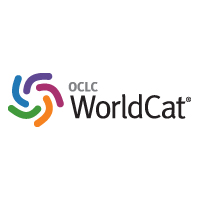 Before the BIBFRAME model began development, OCLC was already experimenting with Linked Data using the Schema.org model and worked toward expanding its vocabularies to include bibliographic data.
Before the BIBFRAME model began development, OCLC was already experimenting with Linked Data using the Schema.org model and worked toward expanding its vocabularies to include bibliographic data.
Right now all WorldCat entries include Linked Data. At the bottom of an item record, there is an expandable section headed “Linked Data” which will display the Linked Data schema:
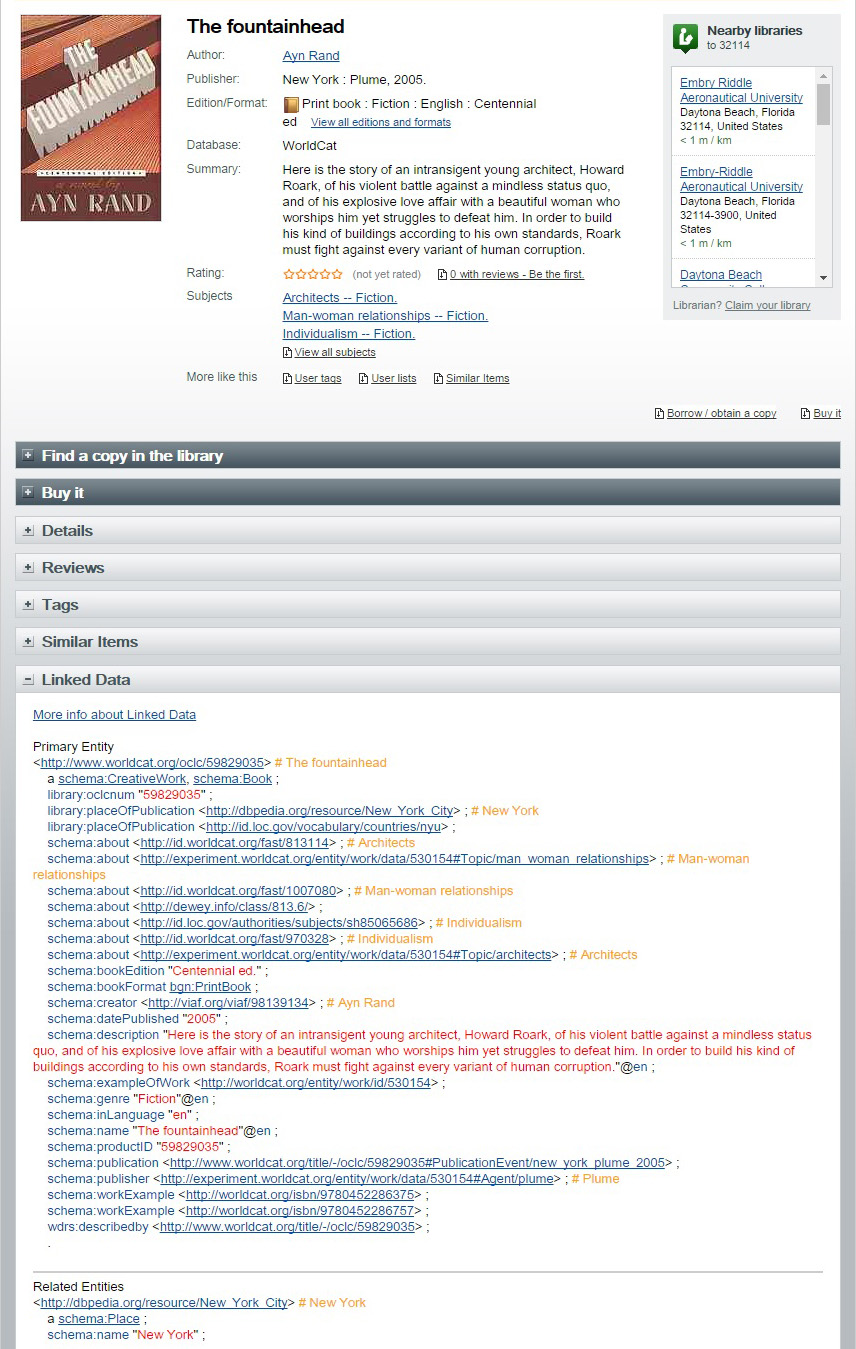
WorldCat displays the Primary Entry and any Related Entries in several standard formats:
- Turtle (text/turtle)
- JSON-LD (application/ld+json)
- RDF/XML (application/rdf+xml)
- N-TRIPLES (text/plain)
- HTML+RDFa (text/html)
SirsiDynix
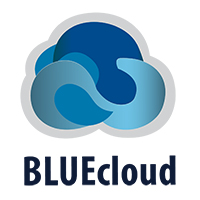 BLUEcloud Visibility was announced in a press release on January 7, 2015. SirsiDynix partnered with Zepheira to create this add-in product to work with SirsiDynix’s existing products. They created a pilot program with Douglas County Libraries.
BLUEcloud Visibility was announced in a press release on January 7, 2015. SirsiDynix partnered with Zepheira to create this add-in product to work with SirsiDynix’s existing products. They created a pilot program with Douglas County Libraries.
BLUEcloud Visibility transforms MARC21 records to Linked Data. Some features:
- Service to extract your MARC records and transform them into BIBFRAME resources
- Records are enhanced with library location data making them geographically relevant to patrons in your area
- Creates linked data for your library resources, so search engines can index, link them to other resources, and make them discoverable
Currently only library catalog data is included, but the company plans to extend to electronic resources. Currently there is no real-time item availability. Records will be updated twice a month.
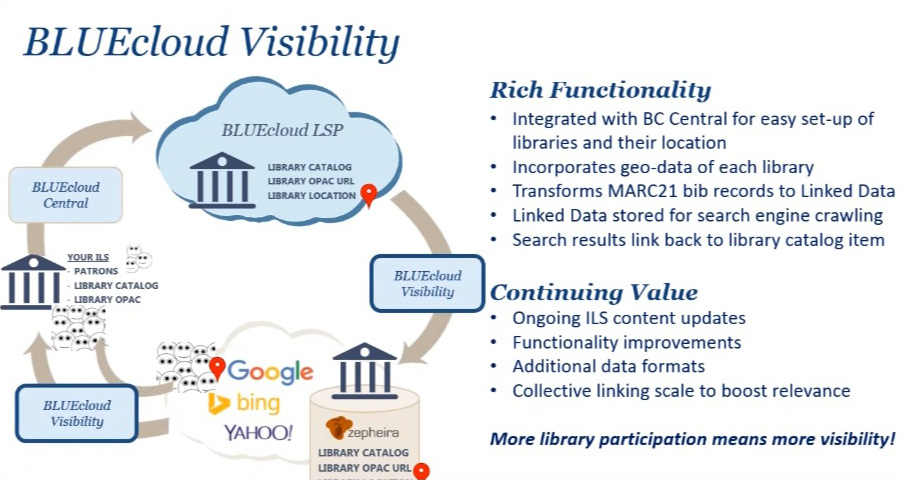
Read more on SirsiDynix’s BLUEcloud Visibility page.
Innovative Interfaces
 Innovative Interfaces is an active sponsor of the Libhub Initiative. In August 2015 they published The ILS and Linked Data: A White Paper to explain why the company was adopting Linked Data and answers some questions about it.
Innovative Interfaces is an active sponsor of the Libhub Initiative. In August 2015 they published The ILS and Linked Data: A White Paper to explain why the company was adopting Linked Data and answers some questions about it.
On March 16, 2016, Innovative Interfaces and Zepheira announced a partnership to use Zepheira’s Linked Data technology in Innovative’s new Innovative Linked Data service.

“Innovative Linked Data is available immediately as a subscription service for Polaris, Sierra, Millennium, and Virtua library systems” according to the press release.
Ex Libris
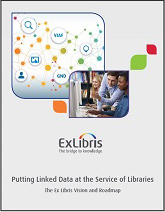 In January, Ex Libris announced that the company launched a program to “harness linked data technology in its resource management and discovery solutions” and published the paper Putting Linked Data at the Service of Libraries. The paper details how Ex Libris will enrich products such as their Alma resource management service and Primo discovery service with Linked Data both as a source and a consumer.
In January, Ex Libris announced that the company launched a program to “harness linked data technology in its resource management and discovery solutions” and published the paper Putting Linked Data at the Service of Libraries. The paper details how Ex Libris will enrich products such as their Alma resource management service and Primo discovery service with Linked Data both as a source and a consumer.
Future versions of Alma will ingest BIBFRAME records and enable cataloging librarians to utilize global online authority files such as VIAF for author/creator authority records, Library of Congress Linked Data Subject Headings, and GeoNames geographical place names database.
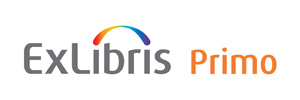
The next Primo user interface will include Linked Data features to enhance search results. Linked Data will, of course, increase the exposure of the library’s resources to third-party applications and the Web at-large.
Ex Libris is working with its user groups to form Linked Open Data Special Interest Working Groups to help develop and test Linked Data features in the products mentioned. Collaborating libraries include those at Boston College, University of Oklahoma, and University of Amsterdam.

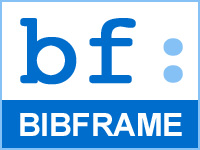 The BIBFRAME initiative was announced in an open letter
The BIBFRAME initiative was announced in an open letter 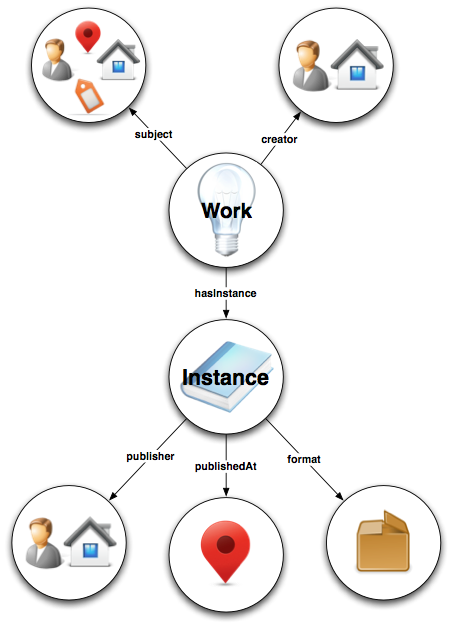
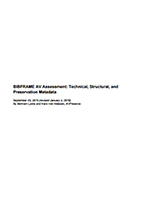 This paper, undertaken on behalf of the Library of Congress, investigates how metadata of audiovisual material can be best handled using BIBFRAME. Sections cover preservation, structural, and technical metadata. Appendices give examples of video, audio, and film examples. Published in 2015, revised January 4, 2016.
This paper, undertaken on behalf of the Library of Congress, investigates how metadata of audiovisual material can be best handled using BIBFRAME. Sections cover preservation, structural, and technical metadata. Appendices give examples of video, audio, and film examples. Published in 2015, revised January 4, 2016.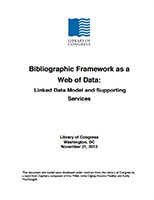 Straight from the source, this paper is an early look into the BIBFRAME model to introduce the subject and begin discussion. It covers the four classes (Creative Work, Instance, Authority, and Annotation) and vocabulary. The papers covers related initiatives such as OCLC’s WorldCat, Schema.org, RDA, and FRBR. Published in 2012.
Straight from the source, this paper is an early look into the BIBFRAME model to introduce the subject and begin discussion. It covers the four classes (Creative Work, Instance, Authority, and Annotation) and vocabulary. The papers covers related initiatives such as OCLC’s WorldCat, Schema.org, RDA, and FRBR. Published in 2012.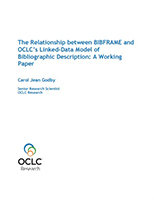 “This document describes a proposed alignment between BIBFRAME and a model being explored by OCLC with extensions proposed by the Schema Bib Extend project, a W3C-sponsored community group tasked with enhancing Schema.org to the description of library resources.” The paper also covers FRBR and gives examples of BIBFRAME in Turtle and RDF/XML syntax. Published in 2013.
“This document describes a proposed alignment between BIBFRAME and a model being explored by OCLC with extensions proposed by the Schema Bib Extend project, a W3C-sponsored community group tasked with enhancing Schema.org to the description of library resources.” The paper also covers FRBR and gives examples of BIBFRAME in Turtle and RDF/XML syntax. Published in 2013.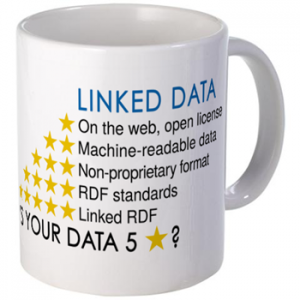
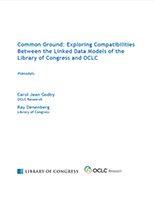 “Jointly released by OCLC and the Library of Congress, this white paper compares and contrasts the compatible linked data initiatives at both institutions. It is an executive summary of a more detailed technical analysis that will be released later this year.” Published in 2015.
“Jointly released by OCLC and the Library of Congress, this white paper compares and contrasts the compatible linked data initiatives at both institutions. It is an executive summary of a more detailed technical analysis that will be released later this year.” Published in 2015.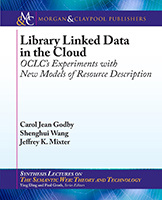 Part of the “Synthesis Lectures on the Semantic Web: Theory and Technology” series. OCLC looks at Linked Data in cataloging and its products. Topics include authority records including VIAF, cataloging and FRBR, text mining, and the library Linked Data cloud. Published in 2015.
Part of the “Synthesis Lectures on the Semantic Web: Theory and Technology” series. OCLC looks at Linked Data in cataloging and its products. Topics include authority records including VIAF, cataloging and FRBR, text mining, and the library Linked Data cloud. Published in 2015.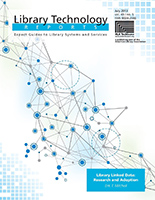 This title is actually an issue of Library Technology Reports from ALA Tech Source. The report covers basic metadata in libraries and museums, Linked Open Data (LOD), case studies including BIBFRAME, and “issues, opportunities, and trends” in metadata. Published in 2013.
This title is actually an issue of Library Technology Reports from ALA Tech Source. The report covers basic metadata in libraries and museums, Linked Open Data (LOD), case studies including BIBFRAME, and “issues, opportunities, and trends” in metadata. Published in 2013.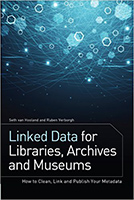 In this book published by the American Library Association, the authors cover Linked Data and focus on the metadata standards supporting it. They present key concepts of metadata including metadata modelling, cleaning, reconciling, enriching, and publishing. Published in 2014.
In this book published by the American Library Association, the authors cover Linked Data and focus on the metadata standards supporting it. They present key concepts of metadata including metadata modelling, cleaning, reconciling, enriching, and publishing. Published in 2014.